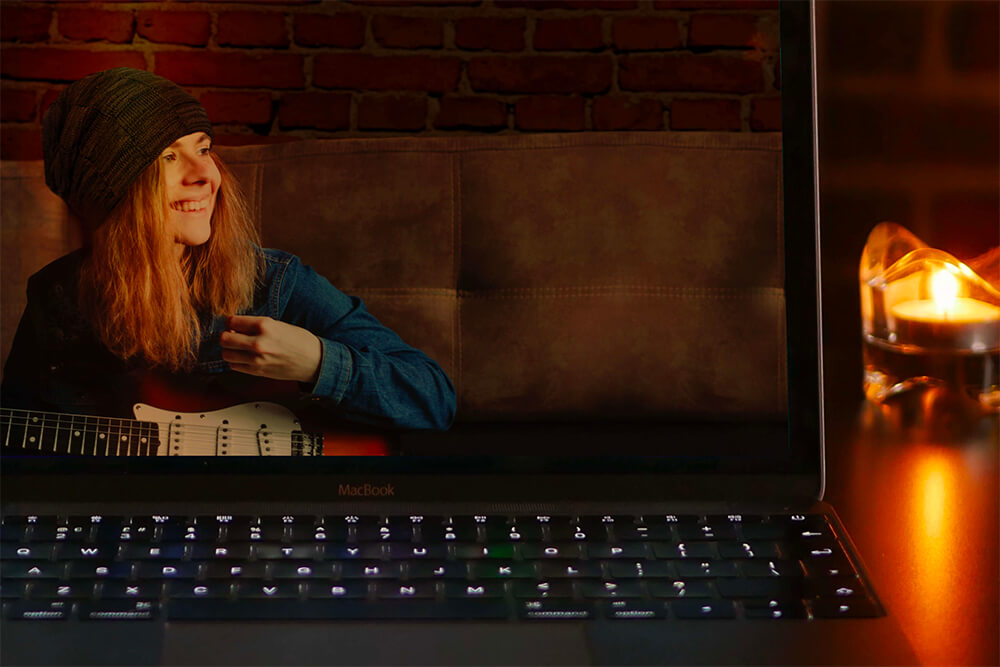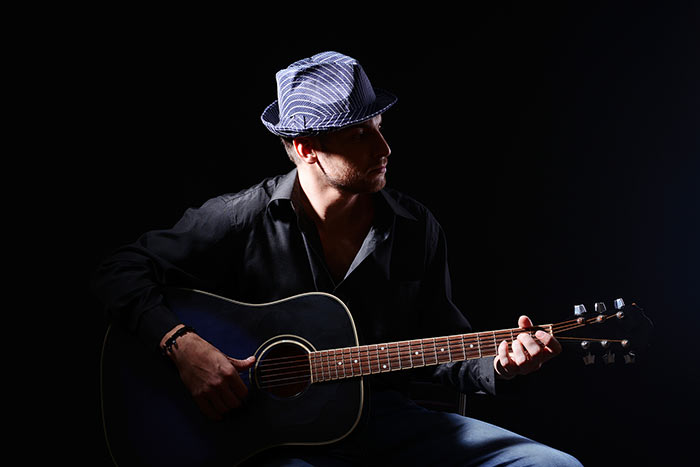Learning to play the guitar has both its ups and downs. When you are in the heat of the moment and developing your guitar playing and practicing week by week, you will often feel as if you have a lot of momentum behind you. However, when that momentum stops, such as when you take a vacation and return to the instrument, you may feel as if you have lost touch with it.
The truth is that having a breathing space in your development is actually necessary.
Consider the case of young children. During their first years of school, they are taught the fundamentals of reading, arithmetic, and logical thinking. They will inevitably have periods of rest and play in between the various lessons, followed by periods of education. This ebb and flow of learning and resting is what helps young children learn to read and do very simple math. Of course, as they progress through the grades, they will be exposed to more advanced languages, mathematics, and reasoning skills. Again, with the tides of education and rest.

The same formula should be followed in your own guitar journey. You should attend weekly lessons with an excellent teacher, practice the material, and work hard. You should practice at least six days a week and try to put in a consistent amount of time every day. However, you should take a break from the instrument every now and then, whether for a few days or two or three weeks.
When you take a vacation, your muscles will undoubtedly relax and you will not be fully acquainted with playing the instrument. As a result, you will lose some technical skills during this time, and when you return to playing, you may feel frustrated. It is important to note, however, that it is during this time of rest that the body can absorb the information it has learned. As a result, it is critical that you view this rest period as an opportunity to improve your game and take it to the next level.

So, how do you get over your annoyances?
It’s actually not that difficult to get past the frustrations of returning to the instrument after a short break. All you need to do is spend two to three days slowly reworking your technique and right-and-left hand techniques to reacquaint your muscular system with the instrument.
Expect little progress over the next three days. Set aside three days specifically for returning to the guitar. During this time, I would recommend that you practice your right and left hands separately and together, and that you do so very slowly. Slow is essential. Consider 40 to 50 beats per minute. Crochets should be played at a rate of 50 beats per minute. Take your time.
We could use the spot men and women analogy. Assume they are preparing for a marathon, a sprint, or some other sporting event. They will train hard, but if they return from a vacation, they will undoubtedly take the first few days of training very lightly. They’d gradually return to their previous level, and then, of course, go beyond it.

It’s the same with your performance. You must gradually return to playing and refresh your memory on the knowledge part of the instrument. Assume, for example, that you have worked on minor major seventh arpeggios across the guitar and have successfully memorized them in all five positions. When you return from your vacation, you realize that the third and fourth positions require work. You’ve forgotten a portion of it. So you just start over! Slow it down to a crawl. In fact, I always advise my students to say and play each note. As a result, you could say: Root, minor third, fifth, major seventh, or while playing the arpeggio in various positions up and down the neck. Again, you would do this slowly, perhaps with a metronome, perhaps without, but the goal would be to refresh your memory.
The first three days would be used as a refresher to get back to where you were before. If you do this, your system will gradually return to the instrument, and it will no longer be a shock, but rather a pleasure.
What I would not recommend is attempting to play at your maximum speed and feeling like a fool because you are unable to play at your previous fast speed. That is a blunder. You must proceed slowly and step by step, ensuring that you work on your playing in a manner that will gradually lead to success on the instrument.

Remember that life is an ebb and flow. If we look at the ocean, we see ebb and flow. If we look at the moon, we see ebb and flow. If we look at the stock market, we see ebb and flow. If we look at the economy, we see ebb and flow. If we look at relationships, we see ebb and flow. So, take the cycle of ebb and flow and allow yourself to return to the flow.
The ebb is important because you need to rest, and if you rest well, you will be able to return to the flow. It’s a simple principle, and I hope this little article helps you the next time you want to take a nice vacation and recognizes that it’s all part of the journey of learning to play the guitar.






